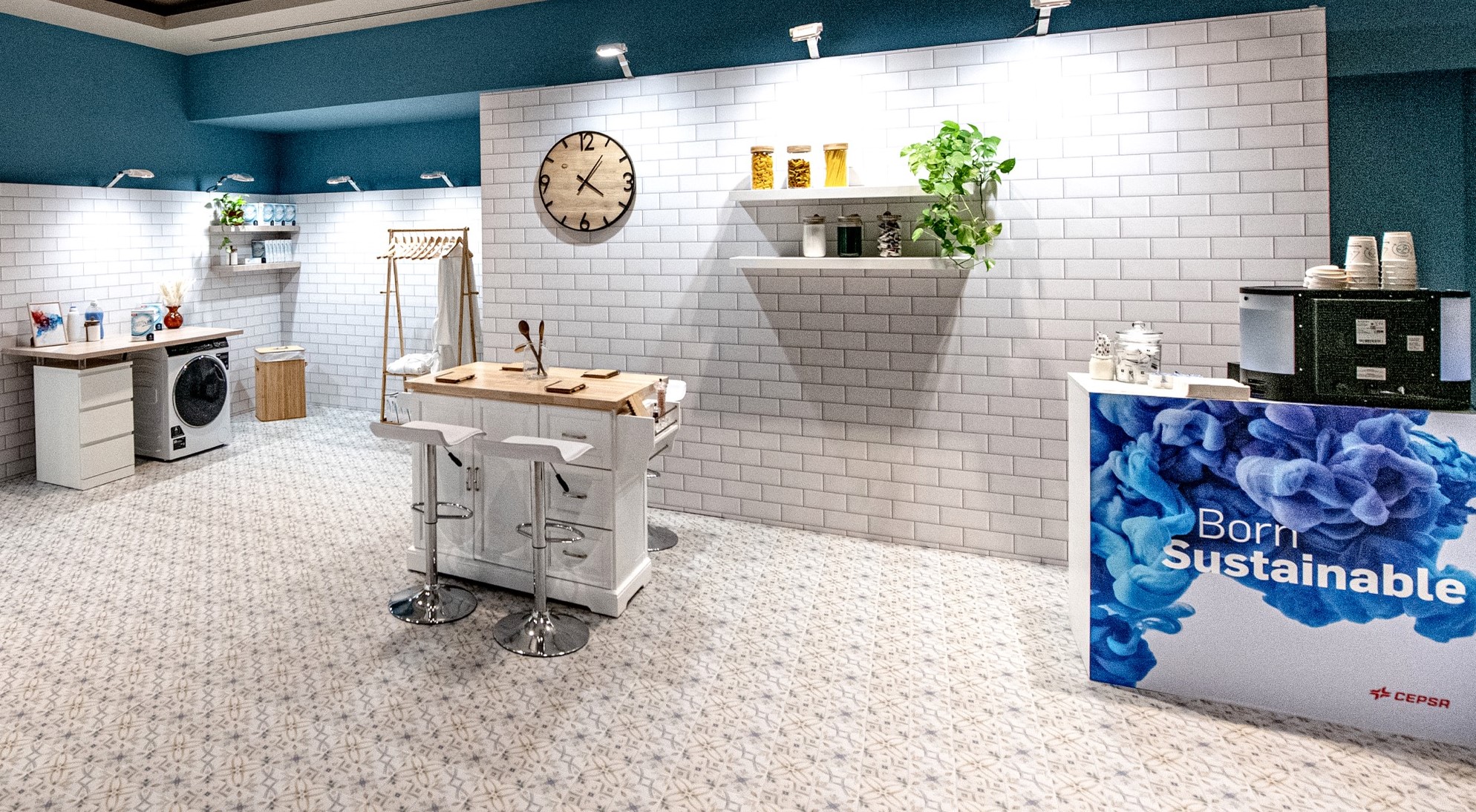
Cepsa surfactant ‘has 80% lower carbon footprint’
Submitted by:
Andrew Warmington
According to a lifecycle assessment carried out by an independent consultant and verified by a panel of three that was presented at the CESIO World Surfactant Congress in Rome on 5-7 June, the carbon footprint of Cepsa Química’s NextLab facility is 80% lower than that of a traditional linear alkyl benzene (LAB) facility. Greenhouse gas savings are put at 1,320 kg CO2/tonne of LAB produced.
NextLab uses renewable biomass that is certified as having been cultivated according to sustainability standards, i.e. not being from peat land and with no land use change over the last 20 years. It is said to be the first sustainable LAB, with the same technical and physicochemical qualities and properties as kerosene-based LAB.
The production process is performed under a mass balance chain of custody. It starts with obtaining renewable linear paraffins, transforming them into olefins, then alkylating, sulfonating and finally neutralising them to produce linear alkyl sulfonate (LAS), which is used in 60% of the biodegradable surfactant used in household and industrial detergents worldwide.
According to Cepsa, the reduced environmental footprint of makes it possible for formulators to improve the sustainability of their detergents without having to change their formulation or compromise on technical properties. By using NextLab, household detergent manufacturers can reduce their GWP index by up to 25%, the company claims.
